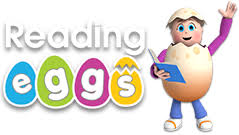Mastering The Maths
Have a go at the challenge below…
It might help to print out the stars or write the numbers on small pieces of paper, that way you can try out different ways of solving the problem. Stick your bits of paper into your journal to record the pattern.
Your book should look like this. (I have used different numbers in my example)
Maths Challenge (Optional task)
Write your number patterns into your red book.
Phonics live at 11am
If you can’t join in with our live session at 11 then please watch Lesson 25 of the Year 1 Spring Term Lessons.
In our school lesson we will use this game to practise unscrambling tricky words. You can play it here
Music – BBC Ten Pieces
Get moving and create a cool table top dance sequence to music!
The first clip explains how composer Gabriel Prokofiev created his unique ‘Concerto for Turntables and Orchestra’ and shows him performing the piece with an orchestra.
In the second clip you can learn a cool table top dance sequence inspired by this piece of music. Learn some moves with dancer and choreographer Jordan Douglas and create your own sequence inspired by turntables!
Click on the link below – you will need to scroll down to ‘Get moving and create turntable inspired choreography with Sadler’s Wells…’
https://www.bbc.co.uk/teach/ten-pieces/ten-pieces-tasters/zjy3382
And a note for next week…
In Maths we will be teaching money. It would be really helpful if you could look down the back of the sofa or in the bottom of old handbags for some coins to use. We know a lot of people are not using cash at the moment so thought we would just warn you and see if yo could dig some out. If not perhaps you could print or draw the different coins and cut them out.

